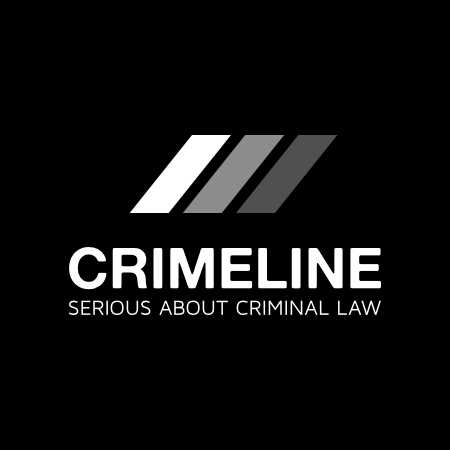Legislation – Anti-social Behaviour, Crime and Policing Act 2014
PART 10Forced marriage
121Offence of forced marriage: England and Wales
(1)
A person commits an offence under the law of England and Wales if he or she—
(a)
uses violence, threats or any other form of coercion for the purpose of causing another person to enter into a marriage, and
(b)
believes, or ought reasonably to believe, that the conduct may cause the other person to enter into the marriage without free and full consent.
(2)
In relation to a victim who lacks capacity to consent to marriage, the offence under subsection (1) is capable of being committed by any conduct carried out for the purpose of causing the victim to enter into a marriage (whether or not the conduct amounts to violence, threats or any other form coercion).
(3)
A person commits an offence under the law of England and Wales if he or she—
(a)
practises any form of deception with the intention of causing another person to leave the United Kingdom, and
(b)
intends the other person to be subjected to conduct outside the United Kingdom that is an offence under subsection (1) or would be an offence under that subsection if the victim were in England or Wales.
(4)
“Marriage” means any religious or civil ceremony of marriage (whether or not legally binding).
(5)
“Lacks capacity” means lacks capacity within the meaning of the Mental Capacity Act 2005.
(6)
It is irrelevant whether the conduct mentioned in paragraph (a) of subsection (1) is directed at the victim of the offence under that subsection or another person.
(7)
A person commits an offence under subsection (1) or (3) only if, at the time of the conduct or deception—
(a)
the person or the victim or both of them are in England or Wales,
(b)
neither the person nor the victim is in England or Wales but at least one of them is habitually resident in England and Wales, or
(c)
neither the person nor the victim is in the United Kingdom but at least one of them is a UK national.
(8)
“UK national” means an individual who is—
(a)
a British citizen, a British overseas territories citizen, a British National (Overseas) or a British Overseas citizen;
(b)
a person who under the British Nationality Act 1981 is a British subject; or
(c)
a British protected person within the meaning of that Act.
(9)
A person guilty of an offence under this section is liable—
(a)
on summary conviction, to imprisonment for a term not exceeding 12 months or to a fine or both;
(b)
on conviction on indictment, to imprisonment for a term not exceeding 7 years.
(10)
In relation to an offence committed before the commencement of section 154(1) of the Criminal Justice Act 2003, the reference to 12 months in subsection (9)(a) is to be read as a reference to six months.
